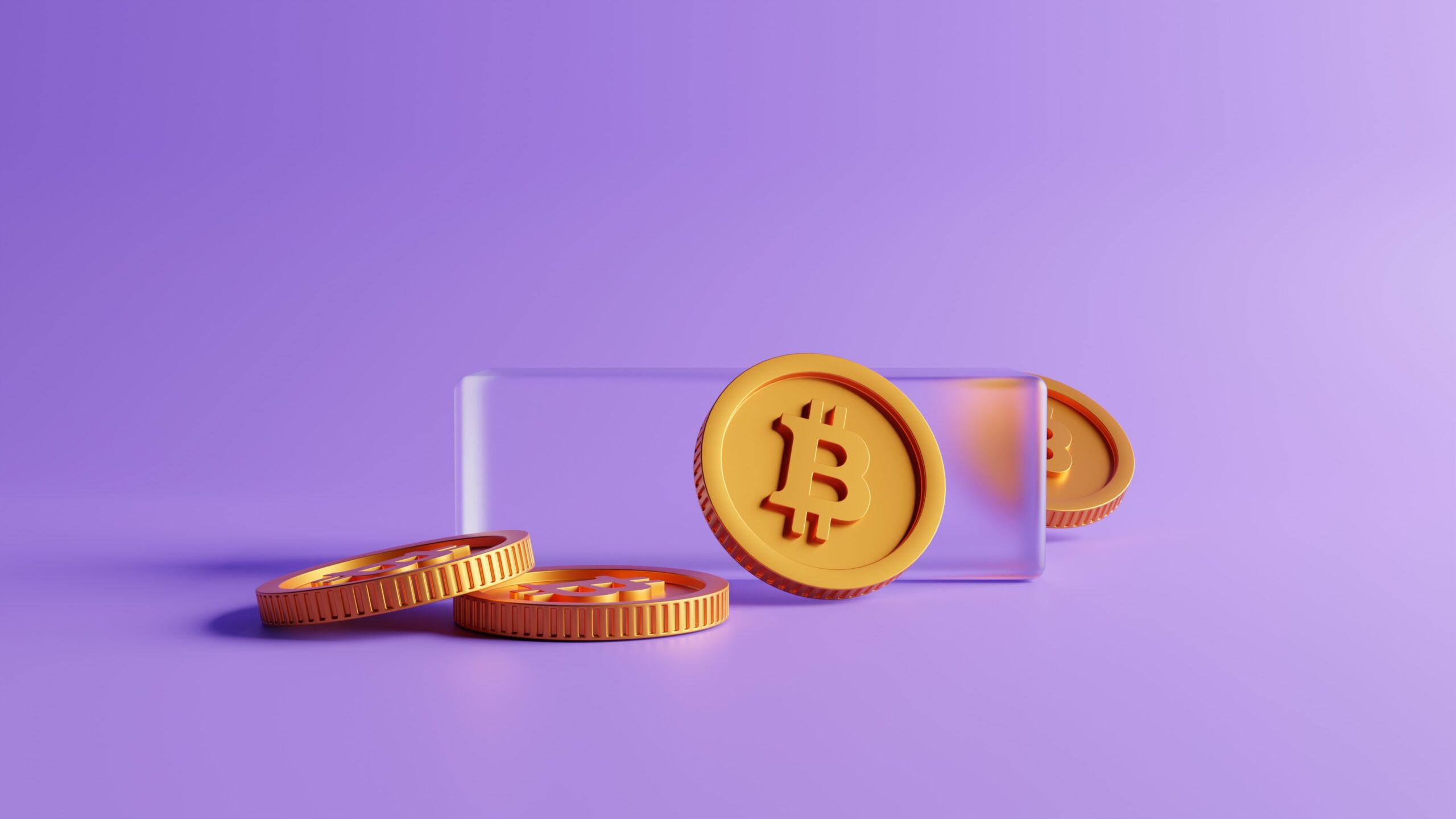The company behind USDT, the largest stablecoin by market cap, plans to consistently grow its existing $1.5 billion stash of Bitcoin.
In an announcement on Wednesday, Tether said it plans to regularly allocate up to 15% of its net realized profits towards buying Bitcoin. The company expects this new strategy will further strengthen its existing reserves without exceeding the shareholder capital cushion.
Tether🧡#Bitcoin
Starting this month, Tether will regularly allocate up to 15% of its net realized operating profits towards purchasing Bitcoin. These Bitcoin shall be considered on top of the minimum reserves assets that 100% back tether tokens.
More 👉 https://t.co/7zC2swgwWH pic.twitter.com/BOcSDjjmDf
— Tether (@Tether_to) May 17, 2023
Unlike most other institutional firms that have adopted a similar strategy, Tether plans to self-custody its Bitcoin holdings in a nod to the “not your keys, not your coins” philosophy.
“Our investment in Bitcoin is not only a way to enhance the performance of our portfolio, but it is also a method of aligning ourselves with a transformative technology that has the potential to reshape the way we conduct business and live our lives,” said Tether CTO Paolo Ardoino in a statement.
When asked how this strategy differs from the one adopted by the Luna Foundation Guard (LFG) before the collapse of the Terra ecosystem, Ardoino said on Twitter that Tether’s approach is “100% different” because LFG held a huge portion of Terra/Luna collateral itself in Bitcoin.
Tether’s new Bitcoin allocation strategy comes a week after the company revealed impressive first-quarter financial results, with $1.48 billion in net profit recorded in the first quarter. In the same quarterly report, the firm revealed it held $1.5 billion worth of Bitcoin in its reserves and $3.4 billion in gold. Around 85% of Tether’s reserves were held in cash-equivalent liquid assets, including U.S. Treasury bonds.
At the time of writing USDT had a market cap of $82 billion – a figure that has grown by $14 billion since the start of the year. A large part of this growth took place during the crisis period that followed the collapse of Silicon Valley Bank (SVB) when USDT emerged as a so-called safe haven after some stablecoins briefly lost their peg to the U.S. dollar.



